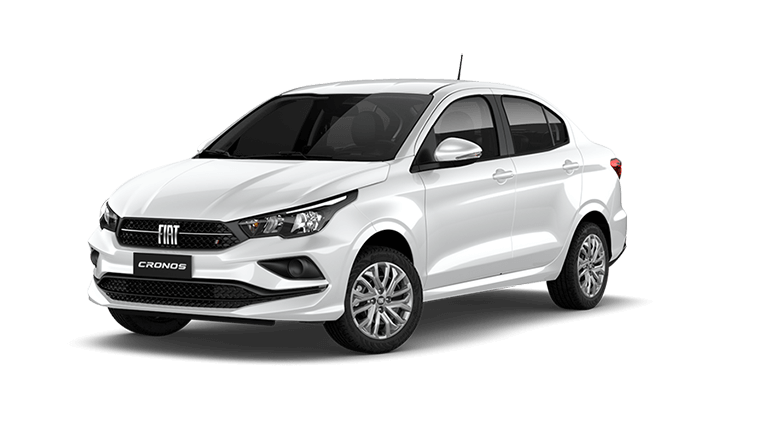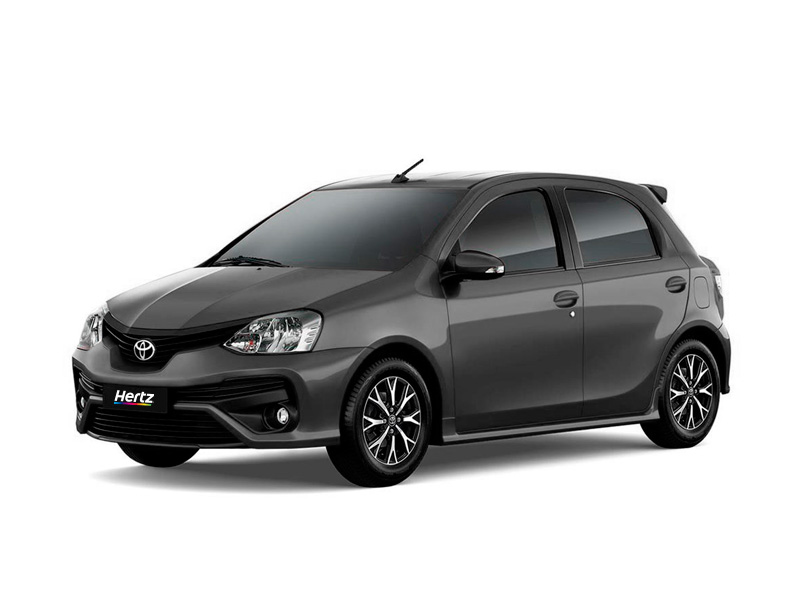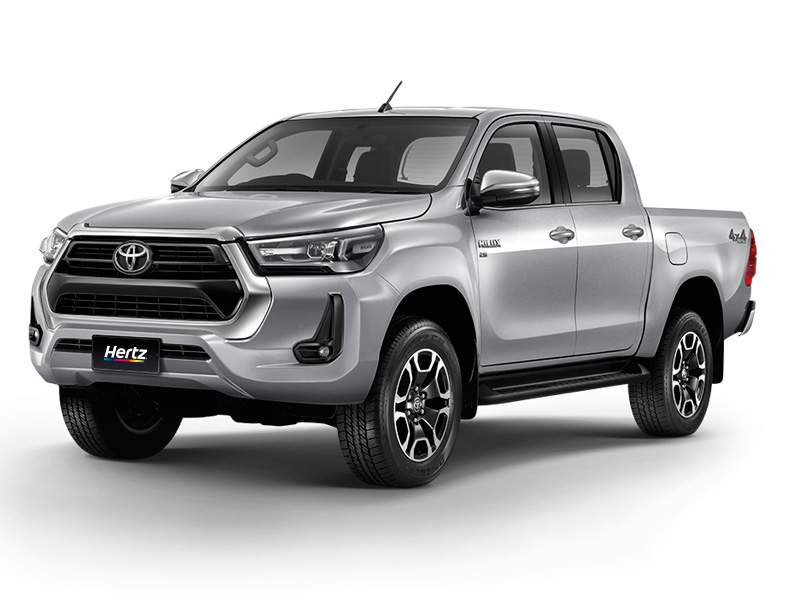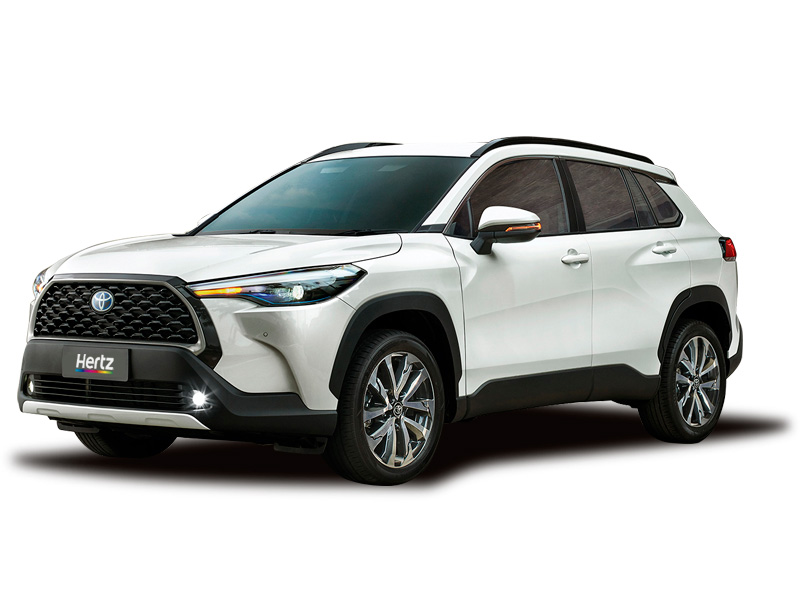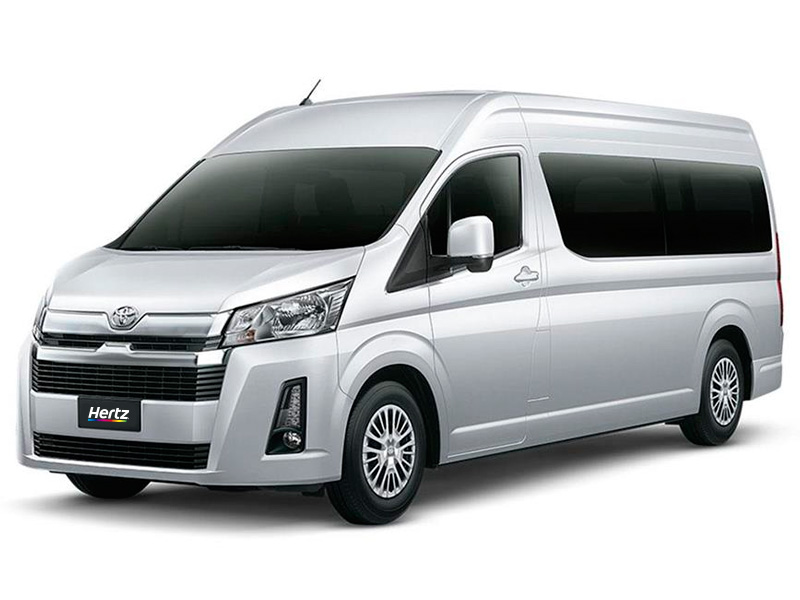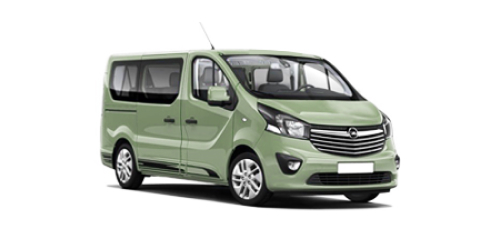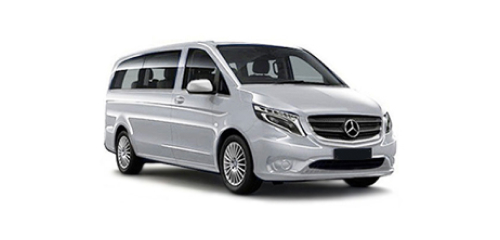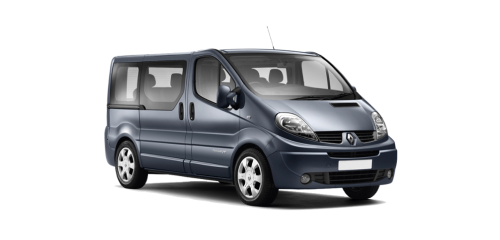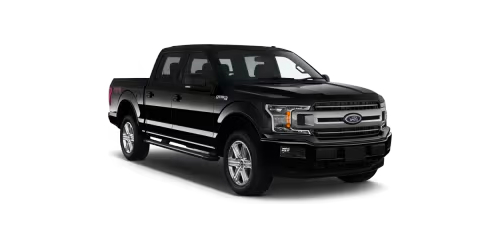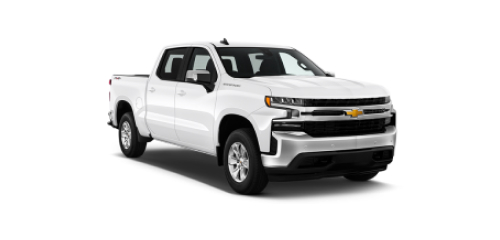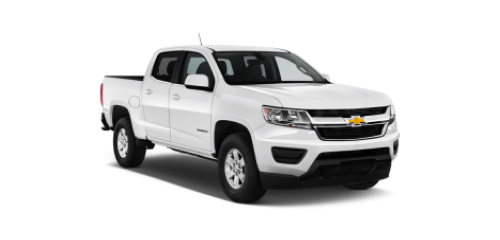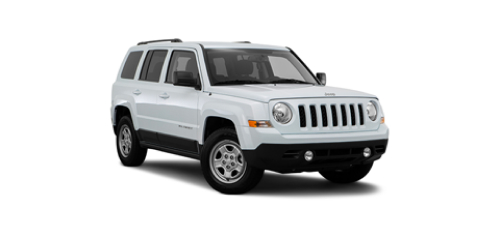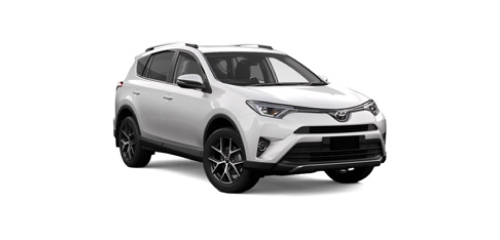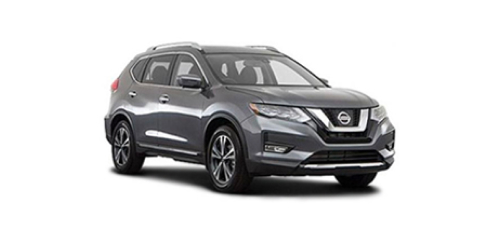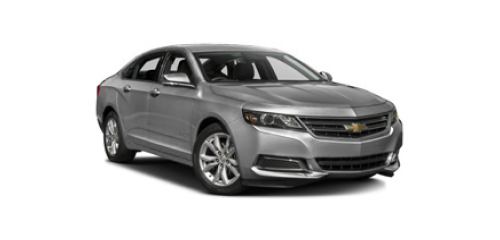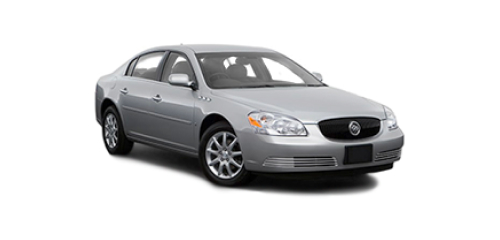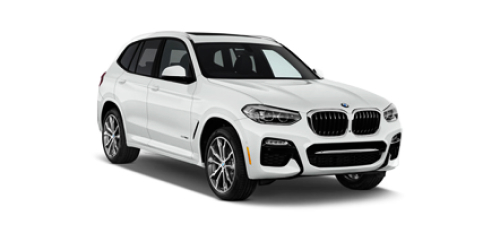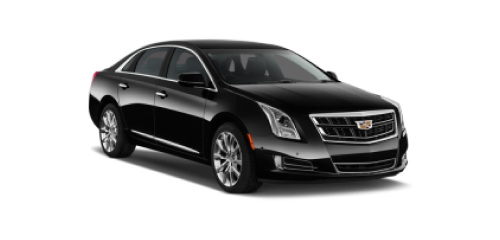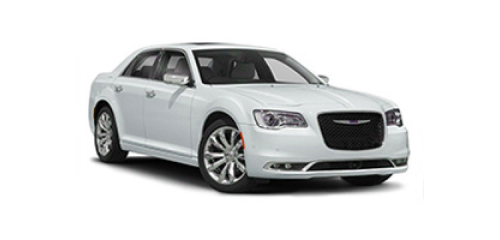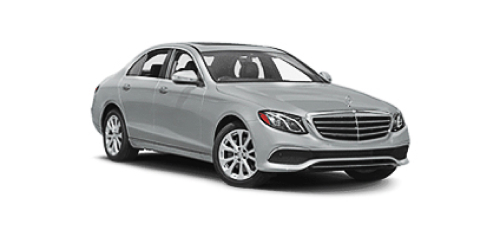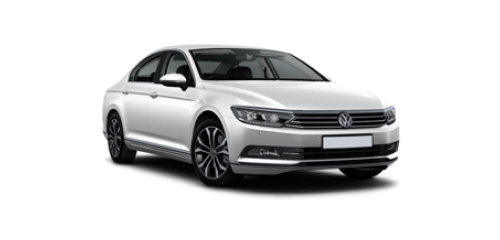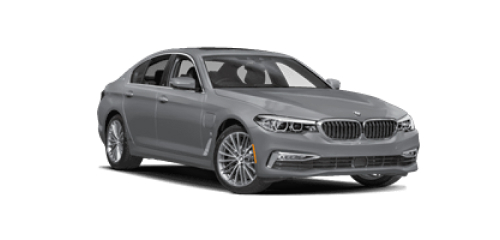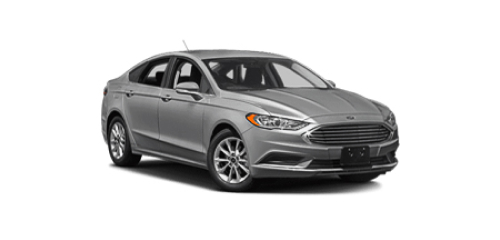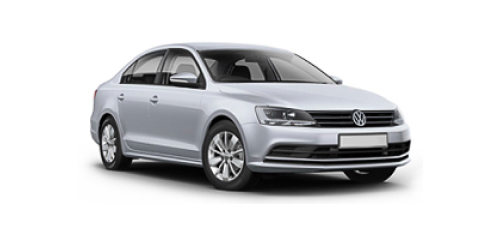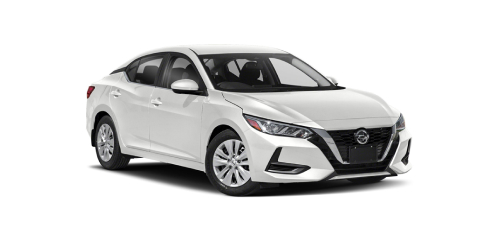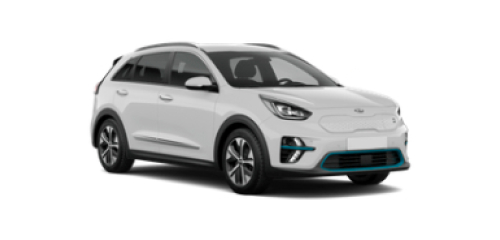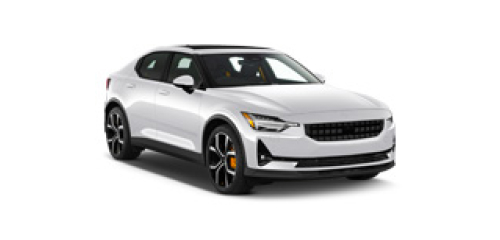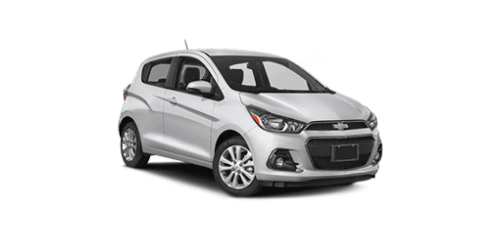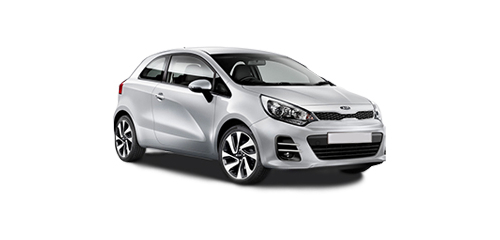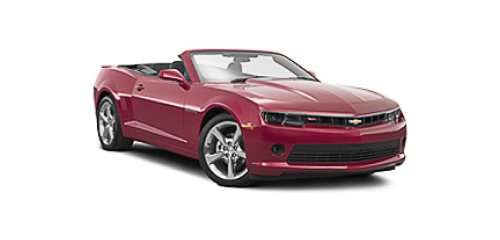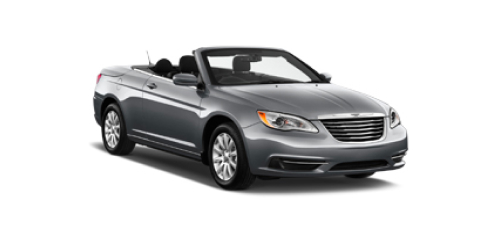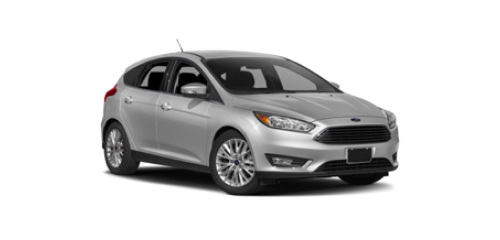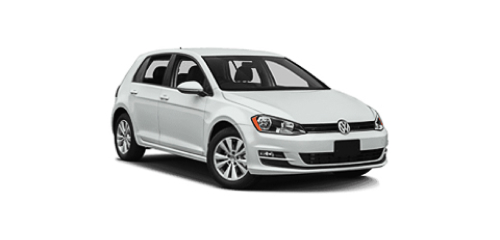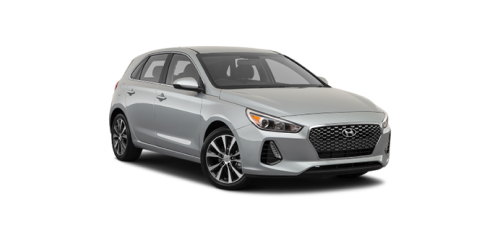
Car rental in Argentina
- Secured payment guarantee
- 4 million users
- Multi-language support
- Booking of any class cars
- 600 providers worldwide

Adventures in Argentina – What are You Waiting For?
Drinking a mate infusion while playing dominoes, soaking your feet in the warm sand on the east coast, dancing salsa until sunrise; Argentina is a whole new world in South America, and one that is waiting for you to visit. Forming part of what is known as the Southern Cone of Latin America, the country borders Bolivia, Paraguay, Uruguay, Bolivia, Brazil and Chile. The country spans over one million square miles and is the second largest in Latin America after Brazil.
What to See in Argentina
Argentina is so large that it boasts seven different types of geography, and each of these is a region in its own right. In the northwestern region, one can find rocky landscape at the very far west. Towards the mid-west the landscape changes to more arid, narrow valley-type natural formations called quebradas, and in the eastern edges of the region, the Yungas jungle. Enclosed by the Parana and Uruguay rivers, one can find the subtropical region of Mesopotamia. Between the Mesopotamian lowlands and the Andes mountain range is the Gran Chaco region. In the west we find Cuyo and the central eastern region is known as Pampas. The mountainous areas include the Sierras Pampeanas, a range of mountains located in the center of the country, and Patagonia, a massive plateau reaching the east, south and west. Patagonia itself is home to three different terrains – sub-Antarctic forests in the west, and green, fertile land in the northwest.
The description of these regions alone should be reason enough to hop on a plane, rent a car and travel up and down the country. But there is much more the country has to offer. The biodiversity here is incredible, and Argentina, due to its geographical composition, hosts one of the world’s most varied and sizeable ecosystems. You can find one thousand different types of bird, almost four hundred different types of mammals, and almost three hundred and fifty types of reptile – and that’s not considering the flora.
For those more into the urban pleasures of travel, Argentina’s culture is one greatly influenced by those who have lived it or who are living it, with notable influence coming from Spain, Italy, France and Germany, among many others. One can choose to visit museums, galleries, live-music bars and much more while traveling in Argentina.
Vehicle Hire in Argentina
Given the sheer size and varied landscape of Argentina, one of the best ways to see the sights would definitely be to hire a car and plan a driving route. Renting a car in downtown Buenos Aires, one of the trendiest capitals in the world, could not be simpler or more cost-effective, and using the website you can filter through the different cars currently on offer through a range of criteria, including supplier, car type and budget. Hiring through a recognized retailer is advisable for peace of mind when traveling. Hertz, Budget, Keddy by Europcar and Victory Rent a Car all operate from Buenos Aires International Airport. Prices are not as low as in some areas and may set you back $40 or more per day. Here are some current deals:
- Chevrolet Celta or similar (economy class) – $42/day
- Chevrolet Corsa or similar (compact class) – $44/day
- Volkswagen Voyage or similar (compact class) – $48/day
- Peugeot 207 or similar (intermediate class) – $49/day
- Volkswagen Up or similar (standard class) – $50/day
The most expensive times to visit are during the months of January and July, and over the Easter period. At these times, prices on auto rental can almost double, so make sure to check well in advance what the prices are to avoid a surprise.
Driving in Argentina
Some things to consider when visiting Argentina, if you intend to drive.
- Driving is on the right side of the road.
- Most road signs – when they exist – will be in Spanish. There are also fewer traffic interventions, such as lights, than you might be used to.
- Small orange cones in the middle of the road signify police checkpoints. Slow down if you see these and prepare to be stopped for routine checks.
- Insurance is vital. If you are stopped and the police with to see your insurance, they will ask for ‘seguro’.
- Many vehicle rentals will levy a surcharge on drivers younger than 30 or older than 65.
- It is not recommended to try and cross land borders in a hire car. If you wish to do so, discuss this with the rental company, as they will need to provide documentation.
Other Information
Spanish is the main language spoken in Argentina, and travelers may find that English is not widespread. Take a phrase book and be prepared to employ some creative communication strategies.
The currency is the Argentine peso, with 1 peso being worth roughly $19 US. Keep an eye out for fake bills. As it is such a huge country, there is somewhere to go in every season. Make sure you research thoroughly the best areas to visit for your intended period of travel.
Explore popular cities with our best car rental in Argentina
Experience the top locations with cheap car rental in Argentina
Discover the cheapest car rental in Argentina
* Disclaimer: Prices displayed may not reflect today's rates.


